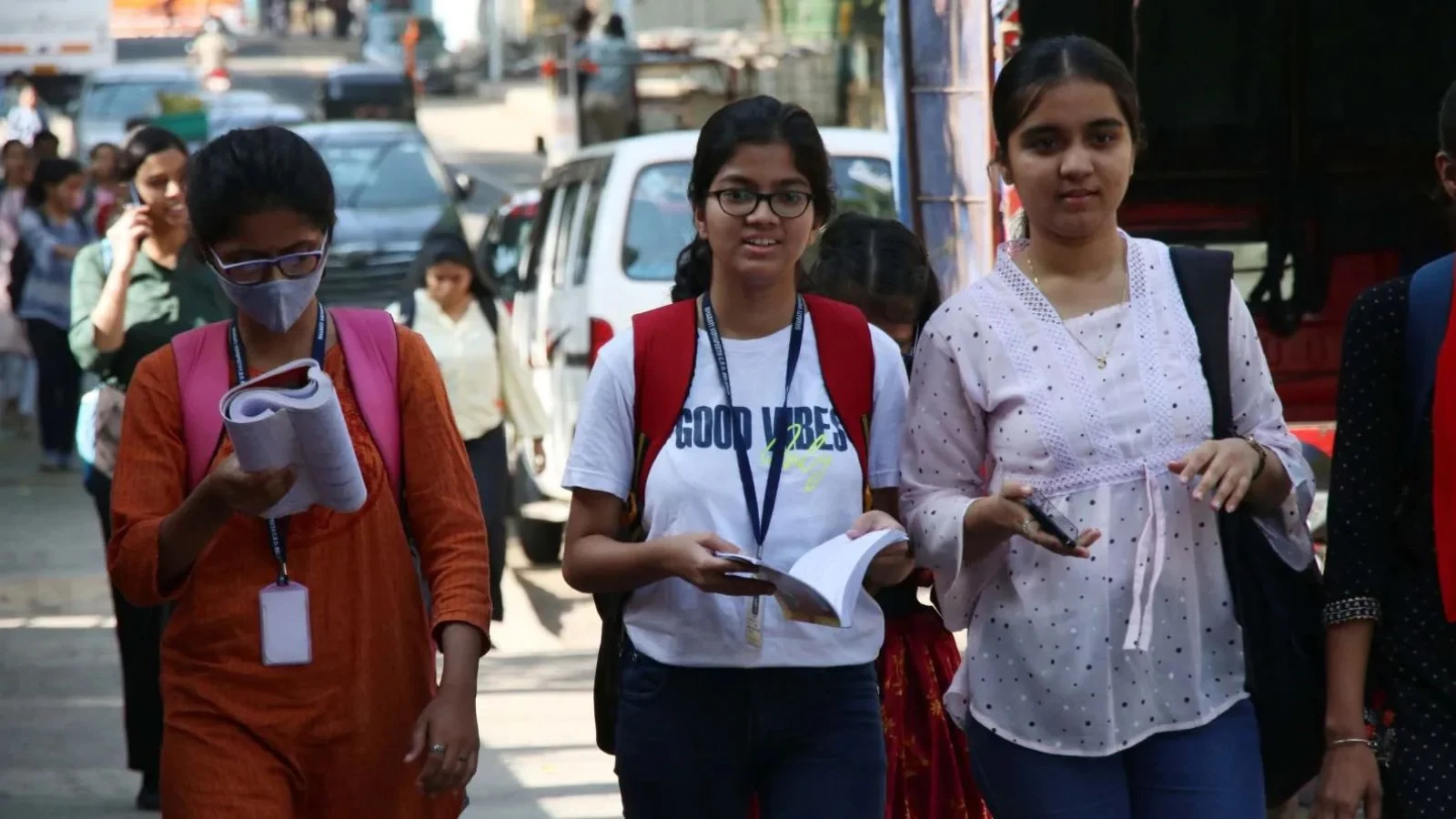MBOSE SSLC Syllabus 2025-26 is listed on the official website of the Meghalaya Board of Secondary Education. The syllabus will help you to verify the accurate marking scheme for the subject in addition to the details of the chapters and subtopics from which the questions can be asked in the paper. Based on the MBOSE SSLC Exam Pattern 2025-26 , the question paper will be of 80 marks and the remaining marks will be based on the internal assessment. Students need to score at least 33% marks to successfully pass the board exam. Meghalaya Board of School Education will release the Meghalaya SSLC Routine 2025-26 in November 2026. The exams will be conducted in February 2026. Given below, we have also shared with her the direct links and the MBOSE SSLC Syllabus 2025-26 according to the different subjects included in the curriculum.
MBOSE SSLC Science Syllabus 2025-26
Below given is the detailed syllabus:
Unit | Chapters / Topics | Detailed Explanation | Marks (Theory = 80) |
1. Chemical Substances – Nature and Behaviour (Chemistry) | • Chemical Reactions and Equations • Acids, Bases and Salts • Metals and Non-metals • Carbon and its Compounds • Periodic Classification of Elements | Chemical Reactions: Students learn to write balanced chemical equations, identify different types of reactions (combination, decomposition, displacement, double displacement, oxidation-reduction). Acids, Bases, Salts: Properties, uses in daily life, preparation methods, neutralization, pH scale, importance in agriculture, industry, and biology. Metals & Non-metals: Physical and chemical properties, occurrence, extraction of metals, corrosion and prevention. Carbon Compounds: Bonding, homologous series, functional groups, simple reactions of hydrocarbons and ethanol. Periodic Classification: Evolution from Dobereiner’s Triads to Mendeleev and Modern Periodic Table, trends in atomic size, valency, metallic character. | 25 |
2. World of Living (Biology) | • Life Processes • Control and Coordination • How Do Organisms Reproduce? • Heredity and Evolution | Life Processes: Understanding basic life processes such as nutrition (autotrophic and heterotrophic), respiration, transportation in plants and animals, excretion in humans. Control & Coordination: Nervous system and endocrine system in humans, tropic movements in plants, role of hormones. Reproduction: Modes of reproduction in plants and animals (asexual and sexual), reproductive health and importance of variation. Heredity & Evolution: Mendel’s laws of inheritance, traits, evolution, natural selection, speciation, and human evolution. | 23 |
3. Natural Phenomena (Physics) | • Light – Reflection and Refraction • Human Eye and the Colourful World | Light: Reflection by spherical mirrors, refraction by spherical lenses, ray diagrams, mirror and lens formula, magnification, uses of concave mirrors and convex lenses. Human Eye: Structure and functioning of eye, defects of vision (myopia, hypermetropia, presbyopia) and their correction, power of lens. Colourful World: Dispersion of light, scattering of light (blue colour of sky, red colour of sunset), rainbow formation. | 12 |
4. Effects of Current (Physics) | • Electricity • Magnetic Effects of Electric Current | Electricity: Electric current, potential difference, Ohm’s law, resistance, resistivity, factors affecting resistance, series and parallel combination of resistors, heating effect of current, electric power and energy consumption. Magnetic Effects: Magnetic field, field lines, right-hand thumb rule, force on current-carrying conductor, electromagnetic induction, domestic circuits and safety measures. | 13 |
5. Natural Resources & Environment | • Sources of Energy • Our Environment • Management of Natural Resources | Sources of Energy: Renewable and non-renewable sources, traditional and alternative sources (solar, wind, hydro, biomass, nuclear energy), characteristics of a good source of energy. Environment: Ecosystem, food chains and food webs, ozone depletion, waste generation and management. Natural Resource Management: Conservation of forests and wildlife, sustainable management of resources like coal, petroleum, and water, role of community in conservation. | 7 |
MBOSE SSLC Syllabus 2025-26: How To Download
The Meghalaya Board of Secondary Education will soon upload the Meghalaya Class 10 Syllabus 2025-26 on the official website. Students can now download the official PDF of the syllabus for each of the subjects easily. Check out the simple steps to download the syllabus:
Step 1: Visit the official website of the Meghalaya Board of Secondary Education at mbose.in
Step 2: On the home page, you will find a "Download" tab. Click on it.
Step 3: On your screen, you will get an option - Syllabus for Class I-X, click on it
Step 4: A zip folder will be downloaded through which you can check the syllabus for all subjects

